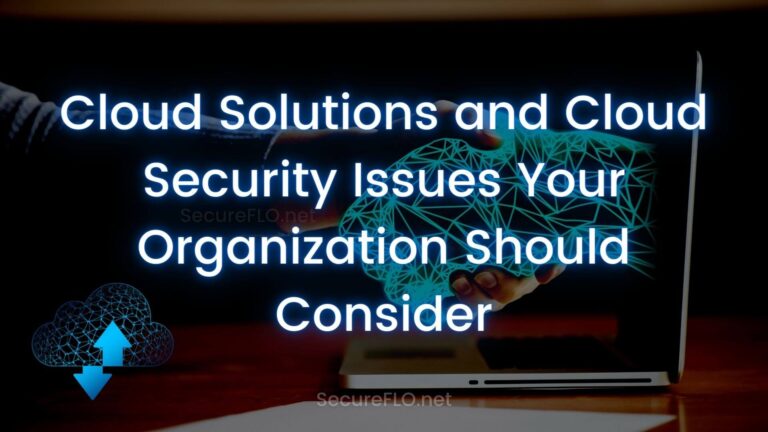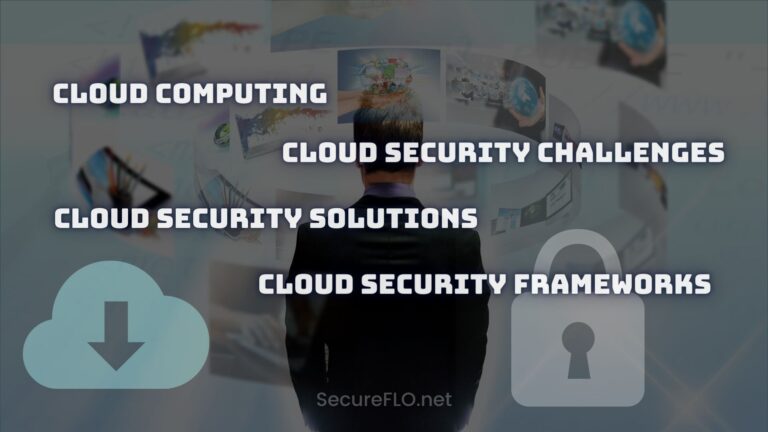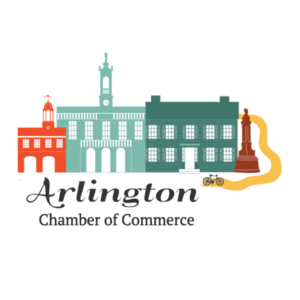



Cloud Solutions and Cloud Security Issues Your Organization Should Consider Secureflo.net
Cloud security is a set of practices and tools created to help businesses address internal and external cybersecurity threats. As organizations implement their digital transformation strategy, they often incorporate cloud-based tools and services into their IT infrastructure.
Cloud technologies allow businesses to expand their capabilities beyond the limitations of on-premise infrastructure but require addressing cybersecurity risks when planning and implementing new solutions. Developing effective cloud security policies requires that an organization balance the need for security with the need for their people to be productive when using cloud solutions.

Cloud computing allows companies to outsource hardware and software management tasks to the cloud solution provider (CSP) and provide internet-accessible software applications and resources to their employees and customers. The growth of cloud technologies has helped companies accelerate innovation and reshaped some nations’ economies.
Some of the benefits of cloud computing include:
1. A cost-effective, flexible subscription model that can be scaled up or down depending upon business needs.
2. Analytics that report how hardware and software get utilized.
3. Enhanced compliance and security
4. Faster innovation since companies can focus more on improving their products and services and less on supporting their technology infrastructure.
5. Improved DevOps processes for companies that develop software and the ability to implement new applications rapidly.
Some of the most popular cloud services are:
SaaS (Software-as-a-Service): SaaS applications are cloud-based solutions typically offered to customers as a subscription. For example, some companies use SaaS vendor Salesforce as their customer relationship management solution. The SaaS provider handles all the technical issues, including maintaining and supporting the software and hardware.
PaaS (Platform-as-a-Service): Delivers a custom application framework that automatically handles operating systems, software updates, storage, and supporting infrastructure in the cloud, enabling enterprises to expedite the development and delivery of their applications that run in the cloud.
IaaS (Infrastructure-as-a-Service): A hybrid strategy in which businesses manage some of their data and applications locally on their own hardware while relying on the CSP to manage the servers, storage, networking, and virtualization features for apps hosted in the CSP’s cloud.
The benefits of cloud solutions come with some challenges as well, including:
Lack of visibility: Because many cloud services are accessed outside of corporate networks through third parties, it may be easy to lose track of how your data is viewed and by whom.
Multitenancy: In public cloud environments, the CSP may house several clients’ infrastructures under one roof (sharing the same servers or storage hardware). Therefore, it’s feasible that your cloud solutions could be penetrated by hostile attackers as collateral damage when they target other companies in the shared environment.
Access management: Businesses may be able to handle and limit access points for on-premises systems, but enforcing the same restrictions in cloud environments can be difficult. The inability to implement some security restrictions could be dangerous for companies that don’t have bring-your-own-device (BYOD) policies and allow employees unlimited access to cloud services from any device or location.
Compliance: Regulatory compliance management can sometimes increase complexity for companies employing public or hybrid cloud installations. The company is still ultimately responsible for data privacy and security but relies heavily on third-party solutions to manage – and a data breach could result in expensive fines for noncompliance and legal damages payable to the parties affected by the breach.
Potential for misconfigured assets: In 2019, 86 percent of data breaches involved misconfigured assets. Misconfigurations can occur when the proper privacy settings don’t get created or default administrative passwords are left in place.
Some of the cloud security solutions that can help address the cloud challenges that we discussed above include:
Identity and access management (IAM): With the use of identity and access management (IAM) tools and services, businesses may set up policy-driven enforcement processes for all users trying to access both on-premises and cloud-based services.
Data loss prevention (DLP): the security of regulated cloud data is ensured by a set of tools and services provided by data loss prevention (DLP) services.
Security information and event management (SIEM): A comprehensive security orchestration system, SIEM automates threat monitoring, detection, and response in cloud-based environments.
Business continuity and disaster recovery: Data breaches and disruptive disruptions can still happen, despite enterprises putting precautions in place for their on-premise and cloud-based infrastructures. Enterprises must respond rapidly to newly identified vulnerabilities or risk having a major system failure.
Many security frameworks are available, such as the COBIT for governance, the SABSA for architecture, the ISO/IEC 27001 for management standards, and the NIST Cybersecurity Framework. These frameworks apply to the cloud in the same way they apply to technology as a whole. In addition to these generic frameworks, other specific ones may be pertinent depending on the use case and context. For instance, consider HITRUST’s Common Security Framework in the healthcare industry.
Businesses and CSPs can use cloud-specific security frameworks for validation and certification activities. These include FedRAMP, ISO/IEC 27017:2015, and the Cloud Controls Matrix (CCM) of the Cloud Security Alliance (CSA). Although there are other cloud security frameworks, these three stand out because they are well-known, commonly used, and unique to cloud and security. They also have a certification program or registry to back them and are equally helpful to cloud CSPs and clients.
IT and security professionals can learn about security procedures that are appropriate for cloud systems from cloud security frameworks. The frameworks contain a collection of controls with detailed instructions (including intent and rigor), control management, validation, and other information relevant to securing a cloud use case.
The selection and adoption of the most appropriate cloud security framework will depend on whether you are a cloud customer or a CSP. A customer’s decision to choose a framework will be heavily influenced by their business context and broader cybersecurity program. For instance, a contractor or agency of the U.S. federal government will probably want to look into FedRAMP first. FedRAMP was created to simplify the onboarding of the government’s use of CSPs and provide validation criteria based on industry-standard security standards.
Large multinational companies may find that ISO/IEC 27017 is a better fit because the controls are more recognizable and align directly with the requirements of their existing security program, which is built on ISO/IEC 27001 and integrates controls from ISO/IEC 27002.
CSPs should use a set of security and cloud frameworks that are well-known and respected in their markets. A CSP can become a FedRAMP-authorized service provider if they sell their solutions to the U.S. government. CSPs can certify to the ISO/IEC standard just like any other ISO management system standard. The Consensus Assessment Initiative Questionnaire, which is based on CCM, and the STAR registry, which validates adherence, are both provided by the CSA. The framework that is most likely to gain traction and the respect of customers may be the one the CSP should select.
At SecureFLO, we see the industry and many of our clients moving to the cloud and hybrid cloud environments. As they move applications, processes, and services into the cloud, we help them ensure that they follow a standard and develop security and privacy controls for all data flows. Cybersecurity should not just address your network infrastructure or security perimeter – you should evaluate your security and privacy risks across your organization for all of your business processes. It’s essential to assess and respond to risk and build protections for your vulnerabilities as your organization expands and grows. Governance is key to building a playbook for managing and addressing risk and developing strong organizational controls.





